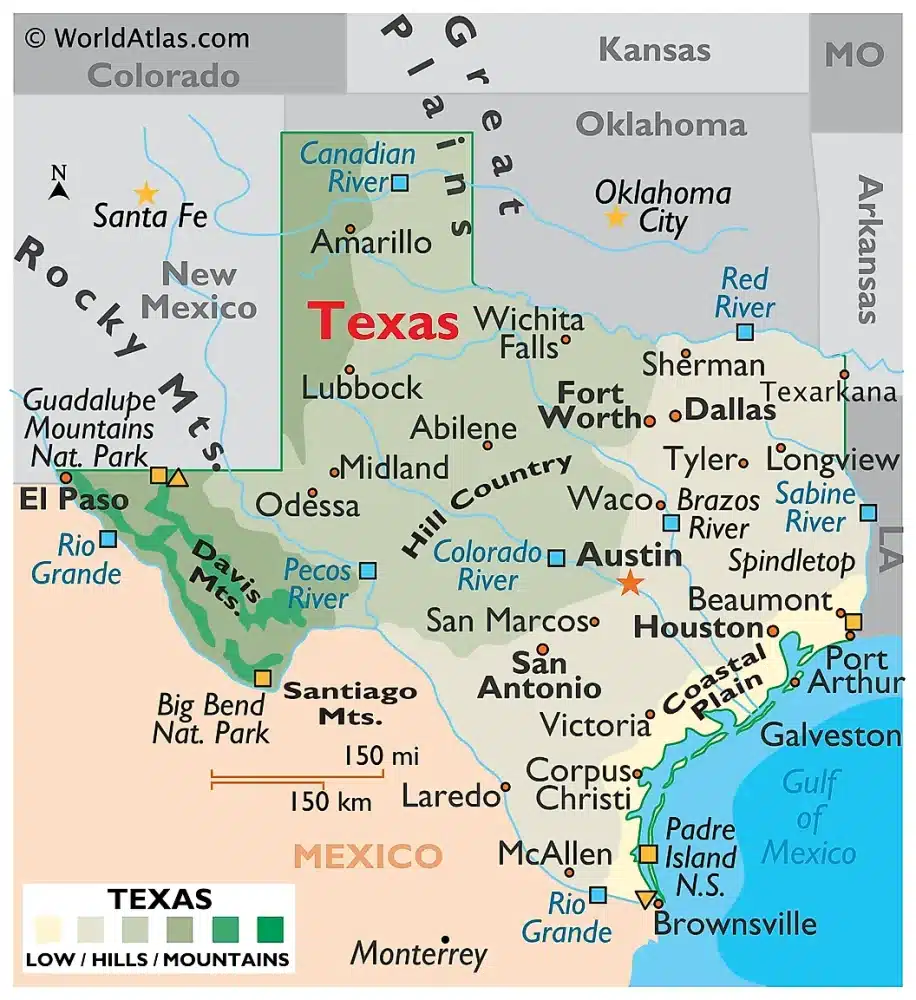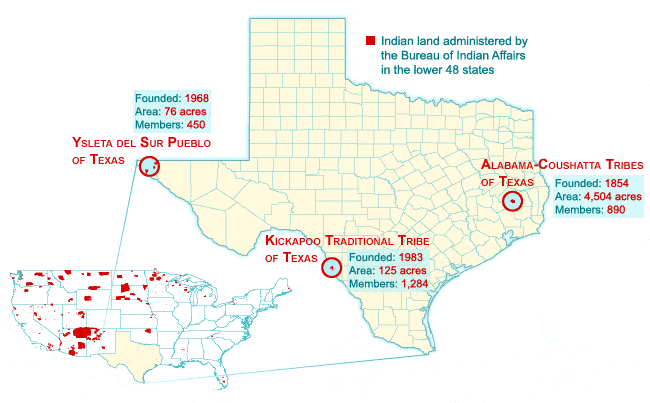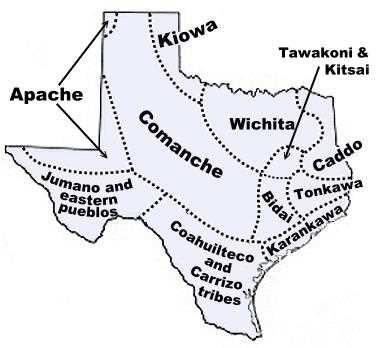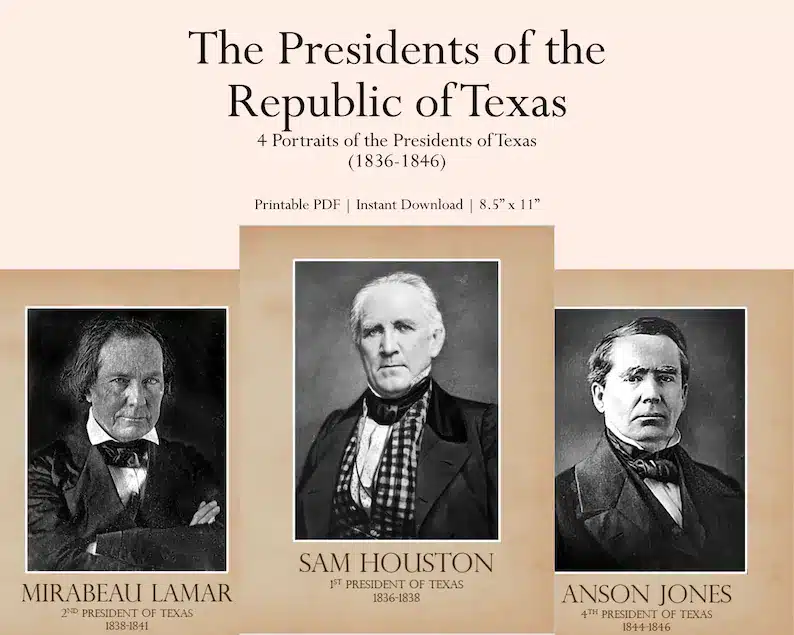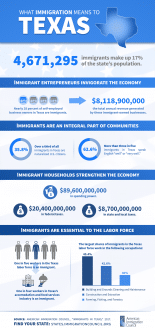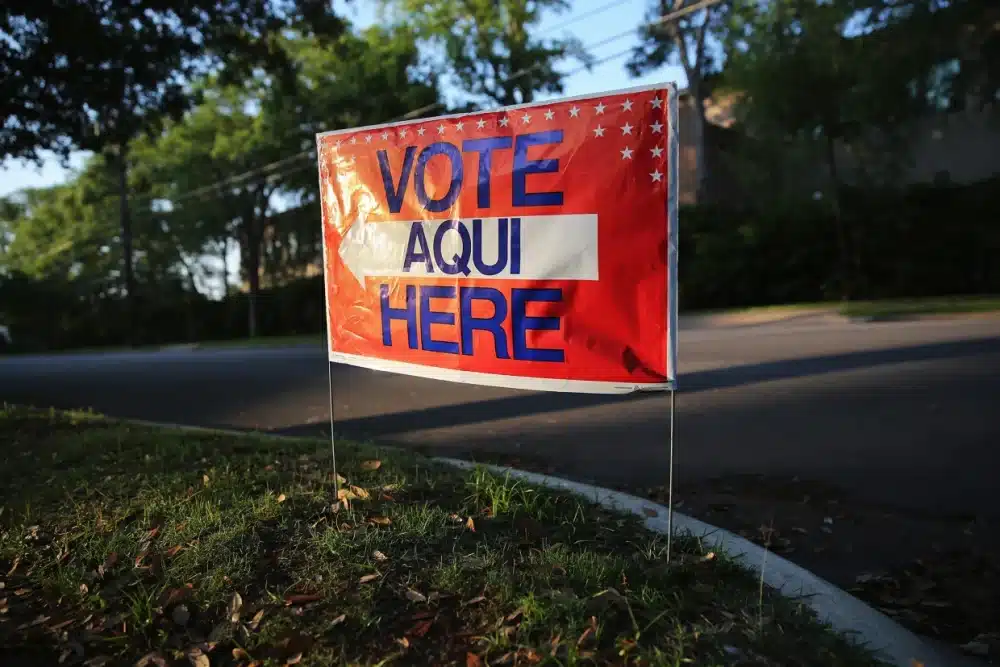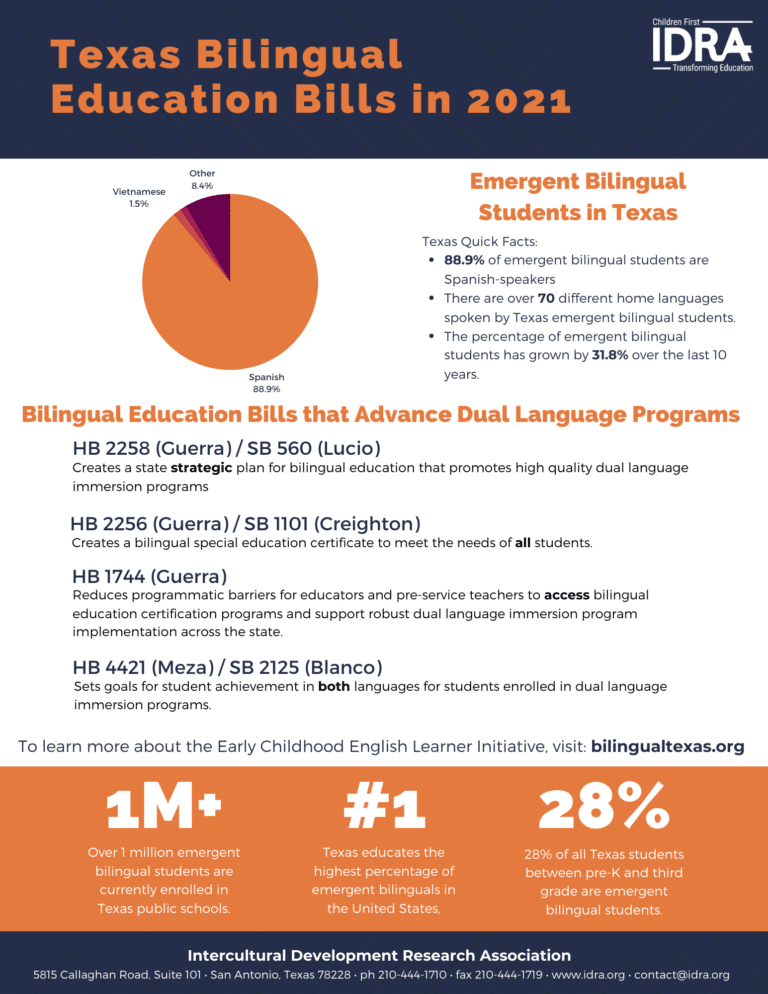Beyond the stereotypical images of cowboys and country music, Texas is home to a plethora of languages that reflect the state’s heritage and dynamic demographic landscape.
As the second-largest state in the US, Texas boasts a population of nearly 30 million, which is as diverse as its geography.
From the buzzing metropolises of Houston and Dallas to the charming small towns scattered across its vast, desert-like terrain, each corner of Texas contributes to the linguistic variety of this state.
In the following blog, we’ll dive into the linguistic landscape of the state of Texas, exploring its history and current development.
Keep reading to find out more about the languages spoken in Texas and how they have shaped its educational system.
Are you Looking for professional translation services in Texas?
Milestone helps you accurately translate your documents, websites, apps, videos, and more in 70+ languages.
Diversity of Languages in Texas
The linguistic landscape of Texas is among the most diverse in the US.
At its core, English stands as the official language. English is also the predominantly spoken language in the region.
However, the influence of Spanish, both from a historical and contemporary perspective, is conspicuous throughout the whole state, particularly in its southern and western parts.
In Texas, there is a significant Spanish-speaking population, a testament to its historical ties to Mexico and the Spanish Empire.
Also read: Top 5 English-speaking countries in Africa
Moreover, Texas is home to a variety of indigenous languages. Each of them in turn is a testament to the state’s pre-European settlement history.
As a result of waves of immigration during different periods of the state’s contemporary history, various communities settled within Texas. Thus, today, one can encounter languages from around the globe.
All in all, Texas stands as a vibrant crossroads of languages and cultures, defining the state’s rich linguistic landscape.
Immigration history of Texas
The immigration history of Texas is multifaceted, shaped by various waves of migration. These immigration periods can roughly be defined by the place of origin of the people entering the country as well as the historical context.
It’s important to mention before we delve into the immigration history of the state that the earliest inhabitants were Native American tribes, such as the Caddo, Apache, and Comanche. They resided in the region long before the European settlers began their explorations on the continent.
Also read: Nordic Languages: History, Similarities & Differences
In the 16th century, the first immigrants settled in Texas. These were mainly Spanish and French missionaries who came to the Gulf of Mexico, where today the state of Texas is located.
Spanish colonization began during the 18th century. It has left a lasting imprint, still very discernible in the southern and western regions.
Also read: An introduction to universal Spanish
At the beginning of the 19th century, a new wave of immigrants, mostly English speakers from the British Isles, came to the state. They started arriving shortly before records were kept, beginning in 1820, so there is no reliable data on their numbers.
Simultaneously, settlers from the US started moving to the state of Texas in search of a better life.
During that time, Texas was still part of Mexico. The new-coming Anglo-American settlers, thus, contributed to the state’s striving for independence.
It reached its culmination in 1836 with the Battle of the Alamo and the establishment of the Republic of Texas.
In 1846, Texas was annexed by the US.
The next immigrant wave (1840s-1850s) was defined by the influx of mainly Irish and German, but also Norwegian, Swedish, Polish, and Czech immigrants, who were mostly Catholics.
They strongly opposed the Protestant Church. As a result, a huge backlash against the Catholics started forming, but it was defused by the Civil War.
The Civil War practically stopped immigration in the 1860s.
This wave of immigrants left a mark, particularly in the central and Hill Country regions of the state.
The late 19th and early 20th centuries witnessed a huge number of Mexican immigrants entering the state. They were mainly drawn to economic opportunities and agricultural work.
During the Mexican Revolution (1910-1920), this demographic shift intensified. As a result, today, a significant Mexican-American population has formed in the region, shaping Texas’s cultural identity.
In the latter half of the 20th century and the present, Texas has continued to attract a diverse array of immigrants from around the world. The most common countries of origin are Mexico and South and East Asia.
Also read: What Are The Languages Spoken In Taiwan?
Current population of Texas and their origins
Texas reached a significant milestone in 2022 by crossing a population of 30 million. As of 2022, the state’s population was estimated to be 30,029,572, which makes it the second most populous state in the country.
Texas is also considered one of the states with the highest number of people with German roots. Indeed, in the 19th century, the largest community from Europe in Texas was German.
They settled in the so-called “German Belt,” which stretches from Houston and Galveston in the Southeast through Central Texas to Kerrville, Mason, and Hondo in the West.
Nowadays, about 8% of the Texas population has German ancestors. German communities reside mainly in the cities of Fredericksburg and New Braunfels. They actively try to cultivate the “Texas-German” as well as other aspects of German culture, such as recipes and festivals.
Other significant immigrant groups that arrived in Texas include people of Irish (forming 6.9% of the population today), English (6.2%), and French (2.0%) ancestry.
However, the largest immigrant population in the state comes from Mexico. During the economic boom in the 1800s, huge numbers of Mexicans entered Texas and settled in the state.
Accounting for nearly 40% of the total population, the Hispanic population is the second largest group.
As can be expected, the Spanish language is thus a prominent part of the linguistic landscape of the state, besides English.
Connect With Your Non-English Speaking Audience in their native languages
Milestone helps you accurately translate your documents, websites, apps, videos, and more in 70+ languages.
The top languages spoken in Texas
The most widely spoken languages in Texas reflect the state’s diverse historical heritage.
The primary languages spoken in Texas include:
English: As the official language of the United States, English is the most widely spoken language in the state of Texas. It is also the main means of communication between the government and educational institutions, as well as for everyday communication.
According to statistics, 17.7 million people speak English at home, which is about 65% of all Texans.
Spanish: Spanish has a significant presence in Texas. It is widely spoken, particularly in the southern and western regions.
How many Spanish speakers are there in Texas?
Almost 8 million, or nearly 30%, of the population of Texas, speak Spanish at home.
Historical events, such as the Spanish colonization as well as the proximity to Mexico, greatly contribute to a substantial Spanish-speaking population.
Bilingualism is also very common. Many residents speak both English and Spanish.
Due to the significant Spanish-speaking population in the state of Texas, institutions, such as public schools, government agencies, and healthcare facilities, provide bilingual services or informative materials in Spanish.
What’s more, public signs, official documents, official websites, and other online resources may be available in both English and Spanish to ensure accessibility for the Spanish-speaking community in the state.
Also read: Spanglish Language: Everything You Need To Know
Vietnamese: Texas has a big Vietnamese-speaking population, especially in Houston and Arlington.
0.5% or nearly 1.5 million people, speak Vietnamese at home.
Chinese: Cities such as Houston, Dallas, and Austin have become home to ever-growing Chinese communities. Thus, Mandarin Chinese and other varieties have become a prominent part of the linguistic heritage of the state.
These communities often maintain and promote their languages through cultural institutions, schools, cultural festivals, and tight social networks.
According to statistics, 1% of the Texas population speaks Chinese at home, which is roughly 3 million people.
Tagalog (Filipino): Tagalog is spoken by the Filipino community residing in Texas, particularly in the Houston area.
The Filipino population has grown over the years, which has contributed to the number of Tagalog speakers in the state.
0.33% of the population or over 87,000 people, speak Tagalog in the state of Texas.
German: While German is not as widely spoken as some other languages, the language of Goethe has a historical presence in Texas. Particularly in the central and Hill Country regions, the heritage of German settlers is still evident. Many communities still maintain German language and cultural traditions.
Nowadays, there are between 3,000-4,000 German native speakers residing in the state, but their numbers are declining.
Arabic: Texas is home to a growing Arabic-speaking population. In cities like Houston and Dallas, one can hear various Arabic dialects spoken by people coming from different parts of the Middle East.
In Texas, there are over 100,000 Arabic speakers, and they make up about 0.4% of the state’s population.
Hindi: In Texas, there are approximately 85,000 Hindi speakers with a population share of 0.3 percent.
Urdu: About 85,000 Urdu speakers live in Texas, with a population share of nearly 0.3 percent
Of course, Texas’s linguistic landscape is continually evolving. Immigration is an ongoing process, and thus, cultural influences will never cease, shaping and reshaping the dynamic and multicultural nature of Texas.
Also read: The Top 10 Most Spoken Languages In Europe
Bilingual education in Texas
Bilingual education is a prominent aspect of the educational policy in Texas.
Given the state’s diverse population and the presence of multiple languages that come with it, the state of Texas actively supports students who speak languages other than English at home and in their local communities.
Therefore, bilingual education programs have been implemented to address the needs of English language learners (ELLs).
The most common form of bilingual education provides instruction in both English and the student’s primary language. The goal of the program is to help students develop their English proficiency while also maintaining their other language skills.
Initially, the language of instruction for most subjects is in the student’s native language. Once they have improved their English proficiency, the language of instruction gradually shifts to English.
Additionally, Texas law allows for the implementation of dual language immersion programs, where students, regardless of their language background, receive instruction in both English and another language.
These programs aim to create bilingual students through a balanced education in both languages.
Overall, the establishment and active promotion of bilingual education in Texas reflects the commitment of the state to supporting both the linguistic and academic development of students with more and less linguistically diverse backgrounds.
In conclusion…
Today, Texas has the second most diverse population in the US after New York.
Immigration has played a major role in the creation of this unique variety of languages. What’s even better is that immigration is an ongoing process, meaning that new languages and cultures are likely to enter and reshape the linguistic landscape of the state of Texas.
Without a doubt, it’s the Texas people, with their diverse language and cultural backgrounds who are the biggest contributors and drivers of the state’s educational inclusivity and cultural richness.
Are You Looking for professionals translation services?
Milestone helps you accurately translate your documents, websites, apps, videos, and more in 70+ languages.


